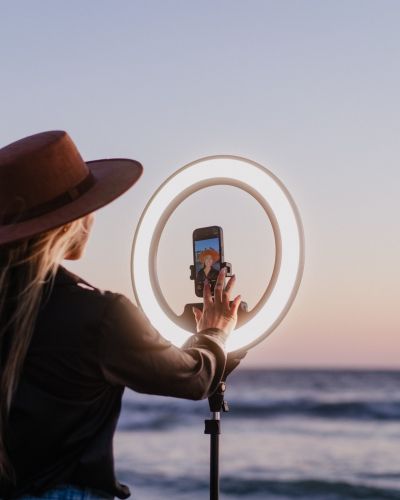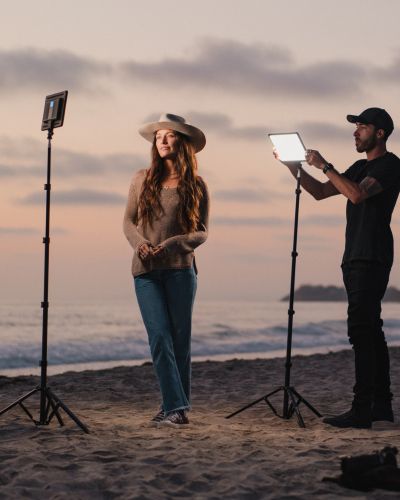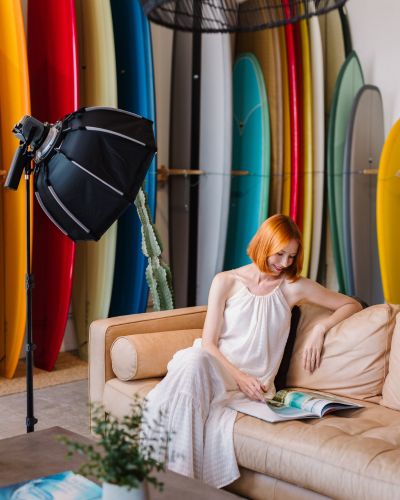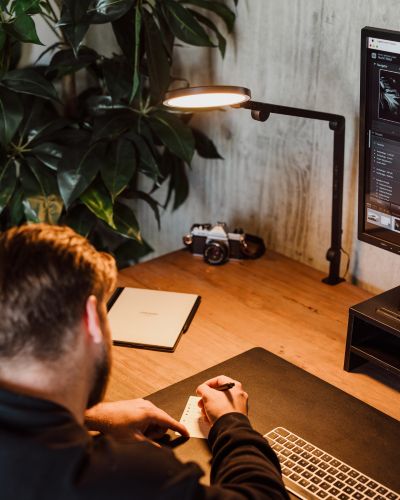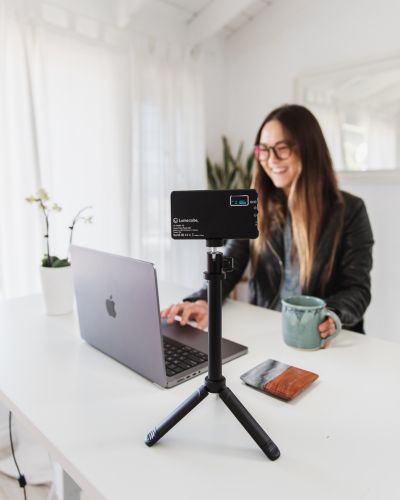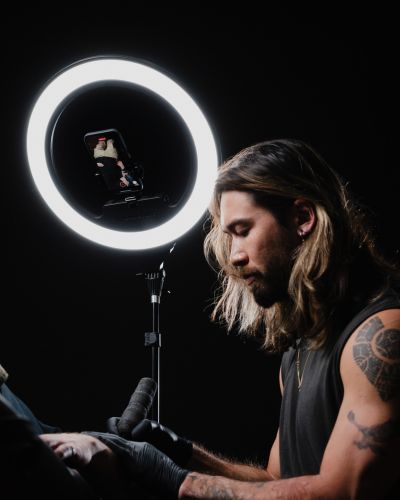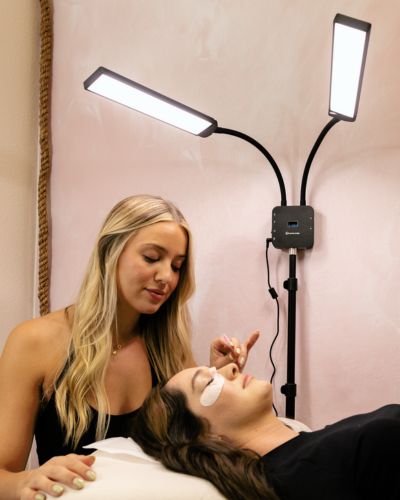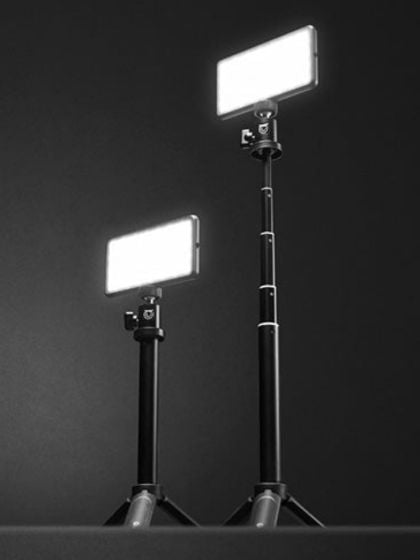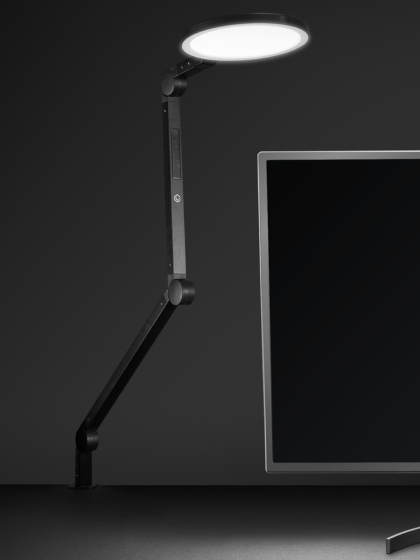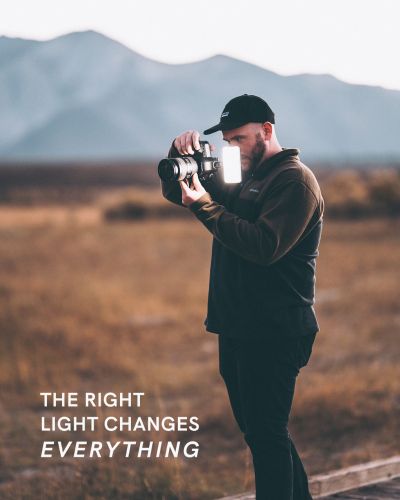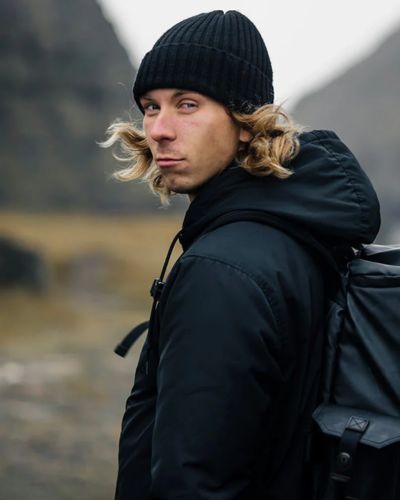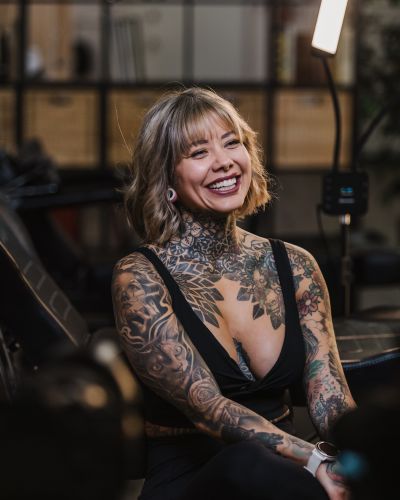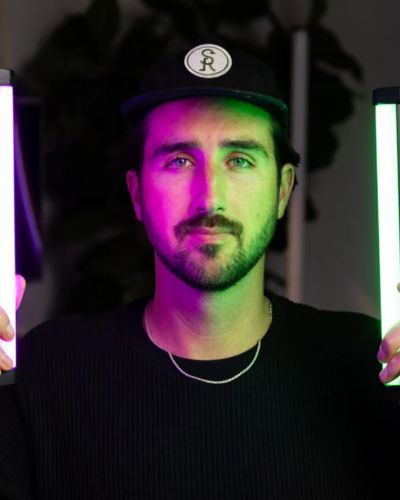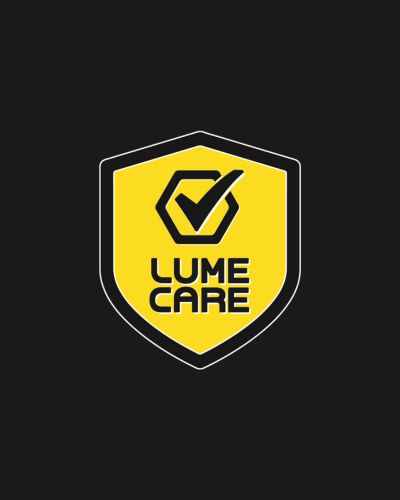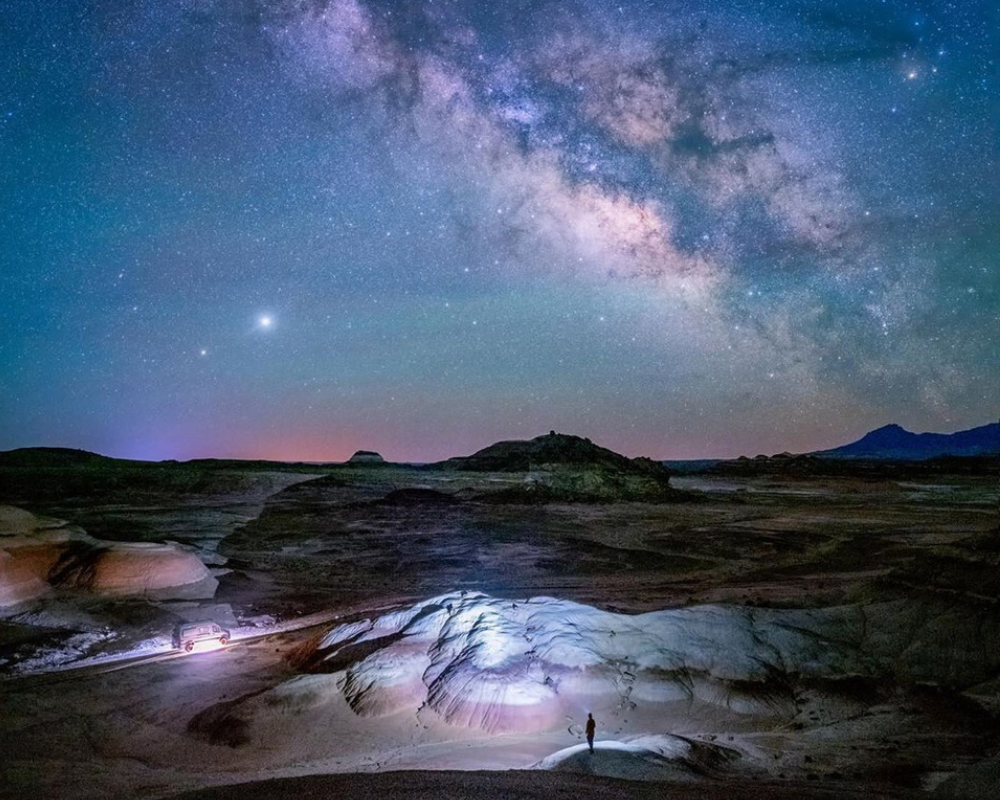
Where was this image taken?
It's in Utah, but the exact location I will let you figure out on your own. That's half the fun right?
Is there a story behind this shot? Were you inspired by another photograph or did you come up with the concept?
I saw a drone photo of this area awhile ago. They didn't share the location, so for this reason I will do the same as having to discover where a location is, is half the fun. But, through searching around on Google Maps, I finally found the general area. After a few trips here, I finally found this area and came with the intention of shooting another worldly shot, as it reminds me of a Martian landscape. I used my van as a prop with a Lume Cube.
Is this location a place you've been wanting to shoot at for awhile? Or was it a place you stumbled upon during a trip?
I have made about four trips, I think, since I figured out where it was. This was shot on the fourth time going, so I had a good idea already what it was like there and just knew I had to do something with the Milky Way.
When you take a glimpse of your Instagram profile, you seem to be pro at taking Milky Way shots. What would be your number one tip for capturing Milky Way shots the way that you do?
Thank you. And the biggest thing I would say is to stack a few shots for noise. Even 10 shots can make a big difference at high ISO. That way you can take shorter exposure, so the stars don't trail and are pinpoint and then use higher ISO and stack them for a cleaner finish. This, along with some foreground light using a Lume Cube, you have a lot more detail to work with in the end.
Can you tell us a little bit more about what camera was used? Lens? And also share your camera settings used for this shot?
This was shot on the Sony Alpha a7RIV, with the Zeiss 18mm 2.8. The settings were 20 shots stacked in starry landscape stacker at 10 seconds, f/2.8, ISO 6400. I set the self timer to about a minute, so I had time to run down to where you see me in the photo. There I try to sit as still as possible for the 20 shots, normally counting breaths.
How did you use Lume Cubes in this image?
So, for this shot, I had a Lume Cube over by the van. I had it turned up pretty bright. Maybe a little too much. There was also one on the lowest power to give off some soft light down in the dark valley. I also had a headlight on pointed straight at the hills to look like I was searching the strange environment.
What has been the most rewarding part of your photography experiences? What has been the most challenging?
That's a tough one. There are so many rewarding experiences and they all present different challenges. So, I would say the most challenging was the most rewarding. As of now, I would say this happened in January before the world changed. I drove to Canada in the middle of winter in hopes of finding the northern lights. The goal was to drive my van/home to a view of the Aurora. The winter cold front came through and the days wouldn't get above -20C/-4F. The coldest night ended up around -46C/-52F. After a slight problem with my steering fluid and ending up in Edmonton, I figured my goal would not be accomplished. Luckily, it ended up being a quick fix, and once I was back behind the wheel I decided to send it north into the -40 degree night for one last shot.
Using the Aurora App, I figured if I got a little north away from the lights, there would be a slight possibility to catch them in the distance. After about an hour of driving, my engine light came on and everything was starting to freeze. You could even see the air frozen in the headlights. I chose a location on the map, made it there somehow, and jumped out to snap a photo. And there it was, the northern lights dancing in the distance. A little more down the road, I ended up at this old tower over a frozen lake, fittingly it was flying the Canadian flag. The lights blazed for about an hour and I got the shot that I set out for. Even -40 degrees wasn't going to stop me from running around shooting those lights.
Would you be able to talk about your post-process when it comes to editing? Do you edit your photos? Do you have a favorite way of editing them?
Yes. I will edit the photos, taking the raw photo and bringing it to life. For this, I will bring them into Lightroom, do some light exposure edits, then export as tiffs and stack them in Starry Landscape Stacker. After that, I will head to Photoshop, work on the color and contrast and just get to a point I am happy with. It's always a changing process as I learn new tricks and ideas. It's a constant learning process.
Did this photo turn out to how you initially envisioned it?
Yes. It came out how I imagined, but in a different and better way. The only thing I would have changed would be to turn my headlight down a bit. Other than that, I am happy with the final shot.
Describe Lume Cube in 5 words or less.
Epic light power, small package.

